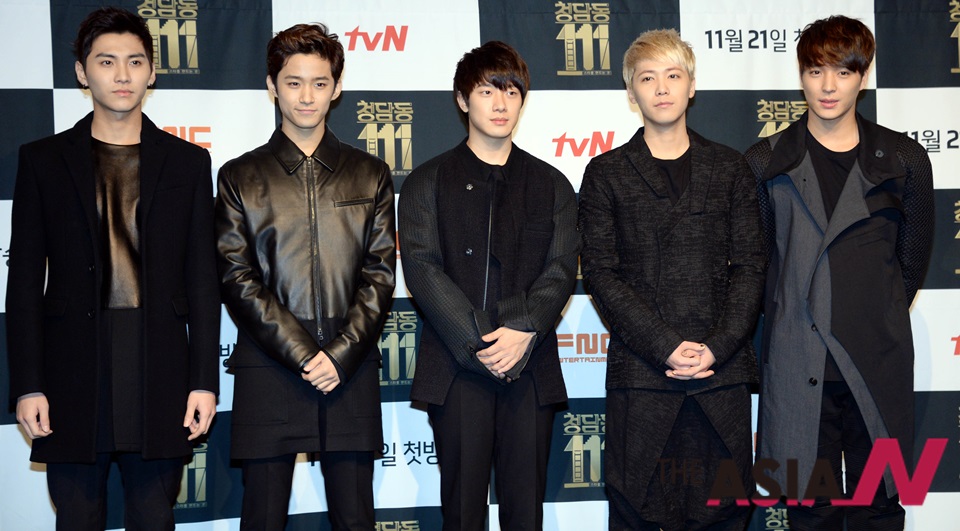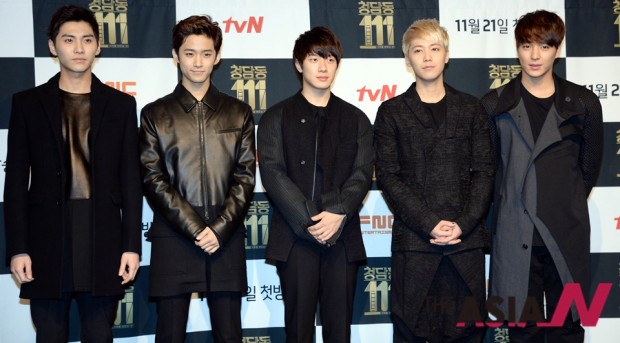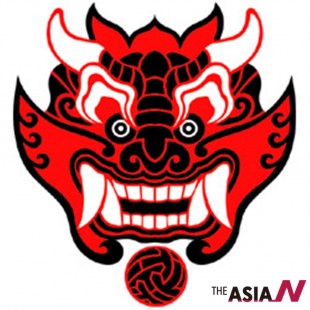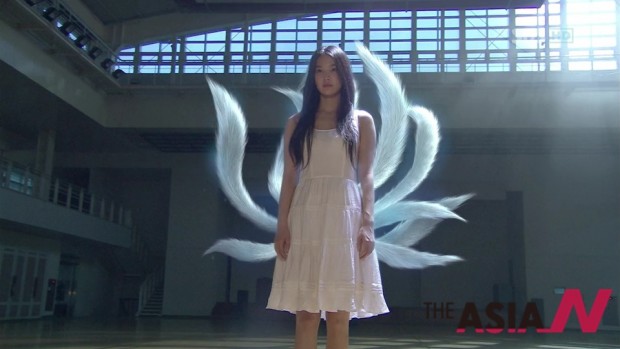
Korean Folk Icons in Modern Korean Art

Korean myths and folktales are woven deeply into the everyday life of the Korean people. These myths and folktales are found in various forms such as music, dramas and movies. The modern interpretation of these folk icons in popular culture reflects contemporary understanding of traditional culture.
One example is the ‘The Fairy and the Woodcutter’, introduced in the song entitled ‘The Angel and the Woodcutter’ by the pop band FT Island. The folktale revolves around a poor woodcutter who lived in the mountains with his mother. One day he helped a wounded deer escape from a hunter, and in return for his kindness, the deer, who was actually a mountain spirit, granted him a wish. The man wished for a wife, and the journey and tasks he had to achieve to get his wish granted. The legend doesn’t stop here of course, a lot of drama ensues during the missions and afterwards, but the main focus is how FT Island managed to use that folktale and turn it into a song.
The interesting thing about this specific folktale is how the woodcutter is depicted as a conman, while in the song they show that what he did, he did it out of love. A lot of folktales were altered through the years like this, so it’s really hard to find a ‘completely original’ folktale.
As for dramas and movies, a lot of folktales and mythological creatures have been depicted on the screen, some doing them justice while others altering it and adding to it some cinematic flavor. The Korean mythological creatures have a wide range of creatures that all have different shapes and characteristics. Before we got into the magical world of fantasy dramas, let’s first know more about other creatures, who found their way into modern Korean life, after being famous in the old times, for relatively different reasons.
First we have Dokkaebi, the demon-like creature, famous for its mischievous fun-loving nature, maybe that’s why it has been chosen as the mascot for the national soccer team of South Korea. The legend has it, that they reward good people, since they’re good-natured creatures, despite how they look. But after being chosen as a mascot, their faces were modified to look more after Chiwoo Cheonwang, which is another important figure in Korean and Chinese mythology which stands for victory.
Another extremely famous creature is the Gumiho or the nine-tailed fox, which has been in many works, some of them are: drama ‘My Girlfriend is a Nine-tailed Fox’, film ‘The Fox with Nine Tails’, musical comedy ‘The Fox Family’, and even an animated film called ‘Yobi, the Five-tailed Fox’. But what is a gumiho? A gumiho is said to be a fox that has lived 1000 years, after which it gains the power of shapeshifting. They most often choose to transform into the form of a beautiful girl, and are rumoured to seduce men for the ultimate goal of eating their livers, or in some stories hearts.
In more traditional stories, the gumiho retains more of its foxlike nature, with some stories depicting them as a half-fox half-human. Despite the existence of tales depicting the gumiho as good, or even as naive beings being exploited by evil humans, they have gained a reputation for being evil, sometimes feral beasts, depicted seducing men or robbing graves to eat the hearts of the recently deceased. In one story, the gumiho transforms into a male form in order to seduce a woman.
The gumiho has its counterpart in both Chinese and Japanese mythologies, the Chinese huli jing and the Japanese kitsune have more ambiguous moral compasses, in that they can be both good and bad, and are not necessarily out to get everyone. The Korean gumiho, on the other hand, is almost always a malignant figure, a carnivore who feasts on human flesh. A gumiho is evil by nature, but the Chinese huli jing is said to be made up of feminine energy (yin) and needs to consume male energy (yang) to survive. The Japanese kitsune can be either male or female, and can choose to be quite benevolent.
Also Korea has their own ghosts, which are usually different from usual ghosts and they’re called ‘Gwishin’. They made an appearance in the horror movie ‘The Ring’; the idea of a gwishin is very similar to western conceptions of ghosts: they are the restless souls of the dead who refuse to move on, usually because of something they haven’t completed. In most stories their motivation is revenge, but there can be other reasons. Also like western ghosts, most gwishin are depicted as floating, legless, and translucent. They may move objects around, and their presence is accompanied by an eerie feeling, a light breeze, or a cold sensation, very much like western ghosts.
Gwishin are usually women or girls with long black hair, and most commonly they are depicted wearing white funerary clothes. The most common type of gwishin is the cheonyeo gwishin, the departed soul of a maiden, but there is also mool gwishin, which is the ghost a of drowning victim, mongdal gwishin, the ghost of an unmarried man, and dalgyal gwishin, which a featureless egg for a head for some odd reason.
Another famous folktale is ‘Arang and the Magistrate’ which has been turned into a drama with the same name depicting the story in a fresh light. The story of Arang and the Magistrate was first recorded in 1920 by Yamasaki Nichijo in Miryang City and published in Chosen Kidan to Tensetsu. However the folktale of Arang existed centuries before Nichijo recorded the tale for posterity’s sake. The tale of the virgin ghost is set during the reign of King Myeongjong (1545-1567) in the Miryang region, Gyeongsangnam-do Province. As the story goes there is a now neglected shrine in Miryang, beneath the Yongnam-nu tower on the banks of the Namchon river called Arang-gak. This shrine is dedicated to the spirit of the magistrate’s daughter, the spirit of a girl wronged by those she trusted the most.
Arang and the Magistrate’s drama adaptation is not true to folklore however it borrows the best from the tale of the virgin ghost and crafts an episodic suspense tale based on the Korean other world, not a faithful representation but a refreshing view on a centuries old ghost tale.
Other dramas like ‘The Legend’, 2007, depict other legends, as this one is based loosely on the legend of Dangun and Gwanggaeto the Great of Goguryeo, the story also adds mythical elements of the Four Symbols depicted in fantasy form as the four guardians who serve the king of Jyushin.
And many others were folktales which were intertwined with modern life and resulted in a fusion work of arts, that might not be completely true to the original legend but it still gives people a refreshing retell of older tales.





